Polycations that are degradable by reduction of disulfide bonds can be used as nucleic acid delivery vehicles.
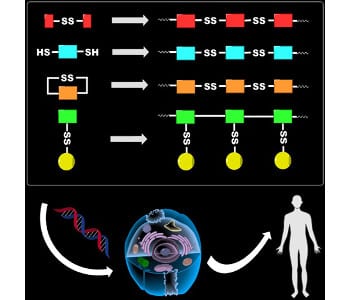

Polycations that are degradable by reduction of disulfide bonds can be used as nucleic acid delivery vehicles.
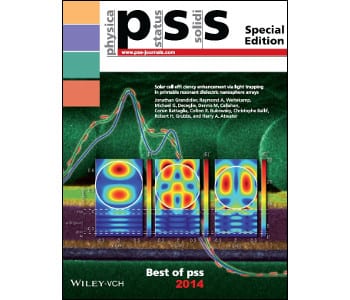
Take a look at our impressive 2014 collection of a wide spectrum of topics by expert authors from all over the world.
Scientific sCMOS camera “ORCA-Flash4.0 LT Gen II” scientific CMOS camera with excellent image quality and high reliability. It delivers 2x the speed, 3x the field of view and up to 5x the signal-to-noise of even the best interline CCD cameras.
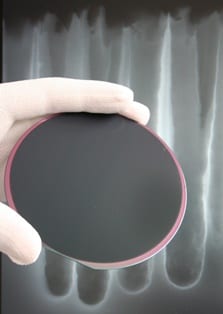
A novel ultra-black broadband absorber concept based on a needle-like silicon nanostructure has been developed by Jena researchers.
Researchers from KIT and Evonik Industries have developed a novel polymer network that heals itself at relatively low temperatures.
Expansion also includes new electronics lab in Seoul, South Korean.
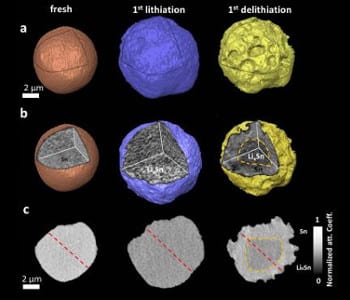
First 3D nanoscale observations of microstructural degradation during battery charge-discharge cycles.
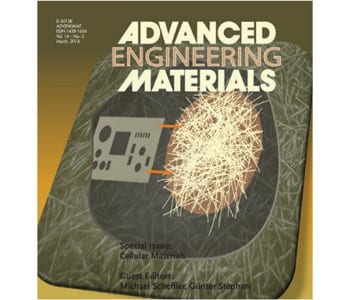
A themed issue, guest-edited by Guenter Stephani (Dresden) and Michael Scheffler (Magdeburg) highlights new developments in cellular materials.

Antonio Facchetti reviews the first edition of the Handbook of Organic Materials for Optical and (Opto)Electronic Devices.
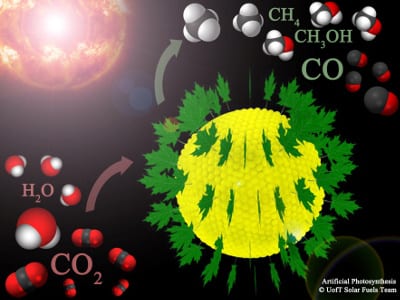
Professor Ozin explores the repercussions of giving up our fossil fuel addiction.